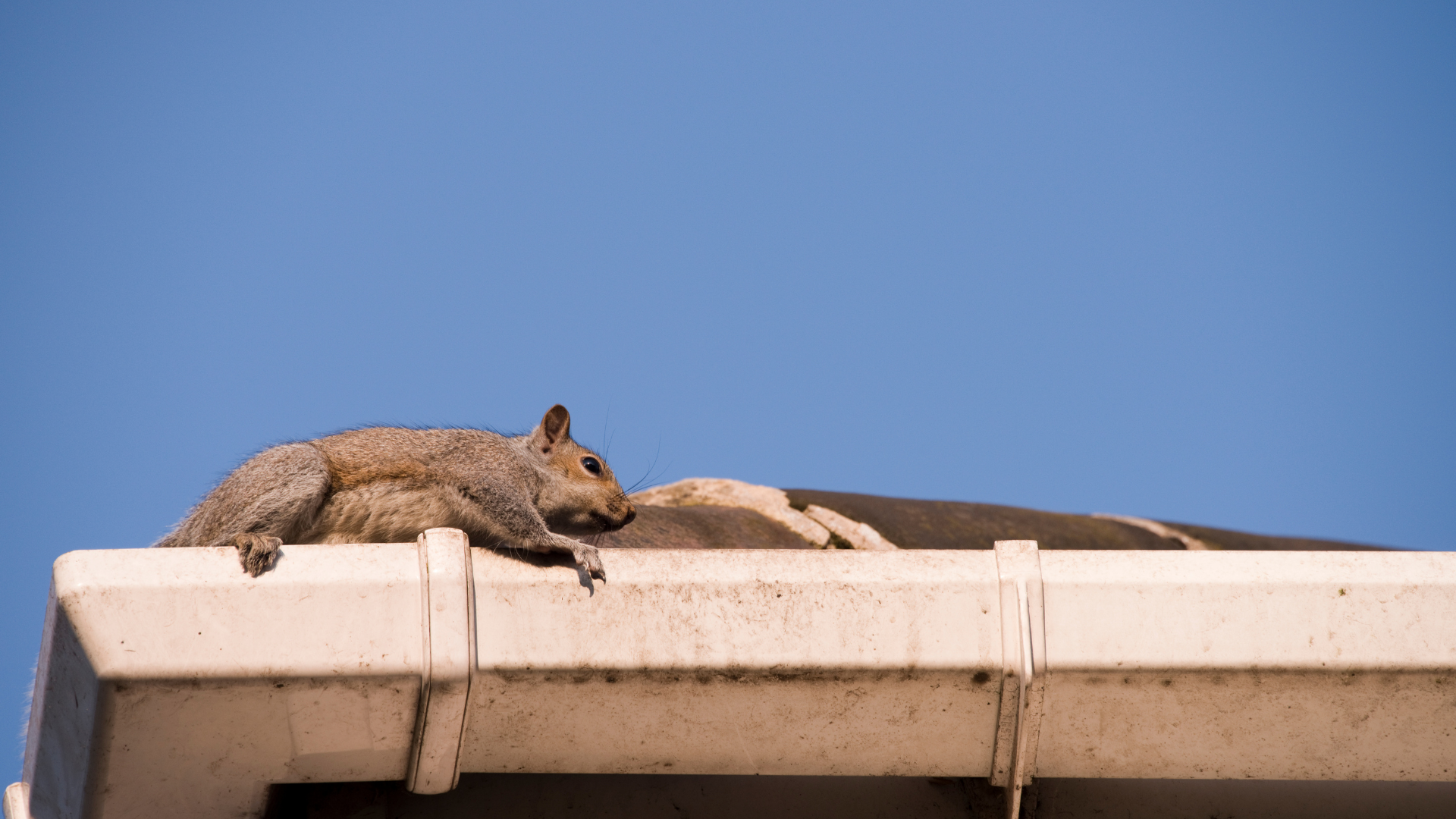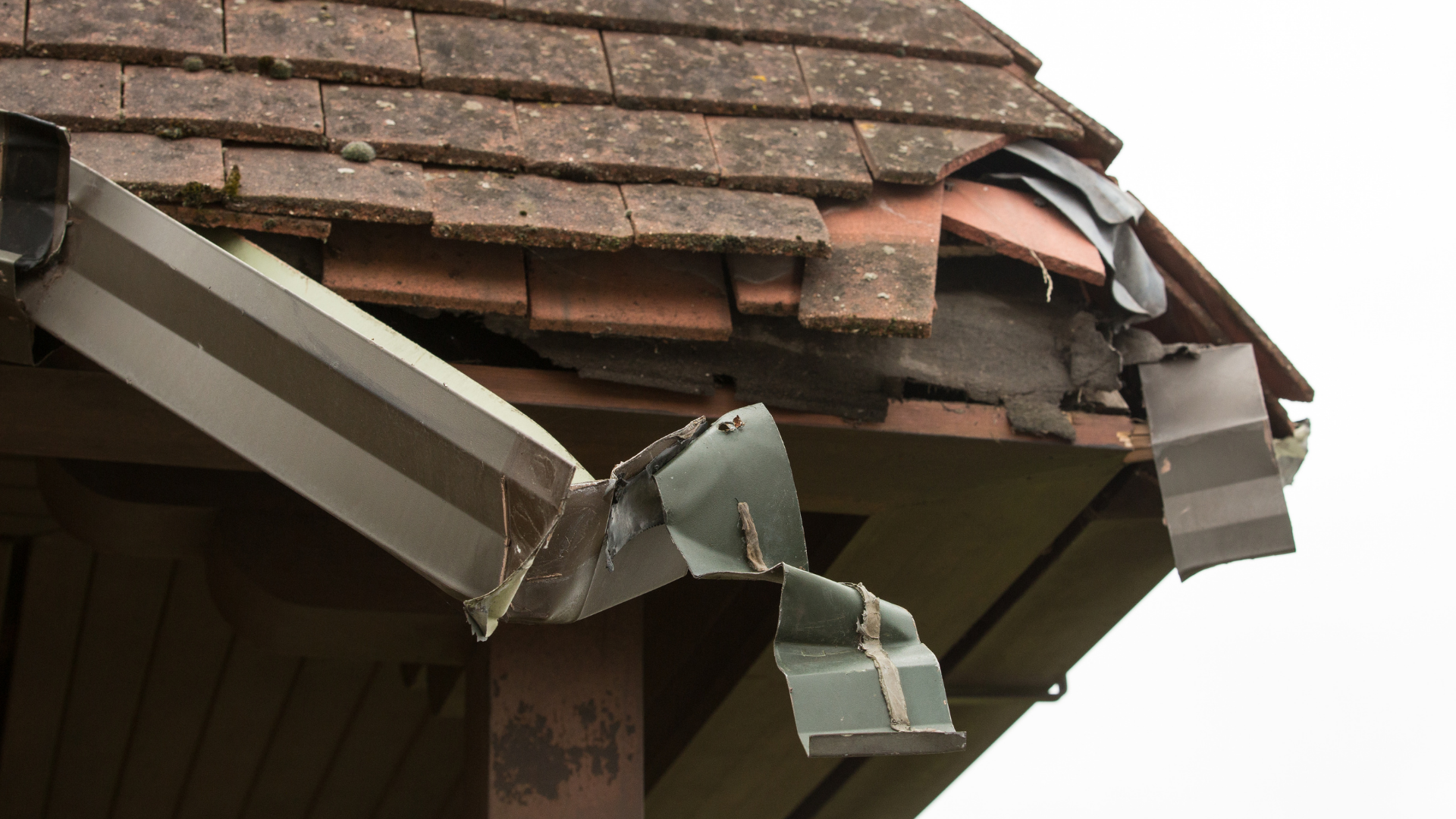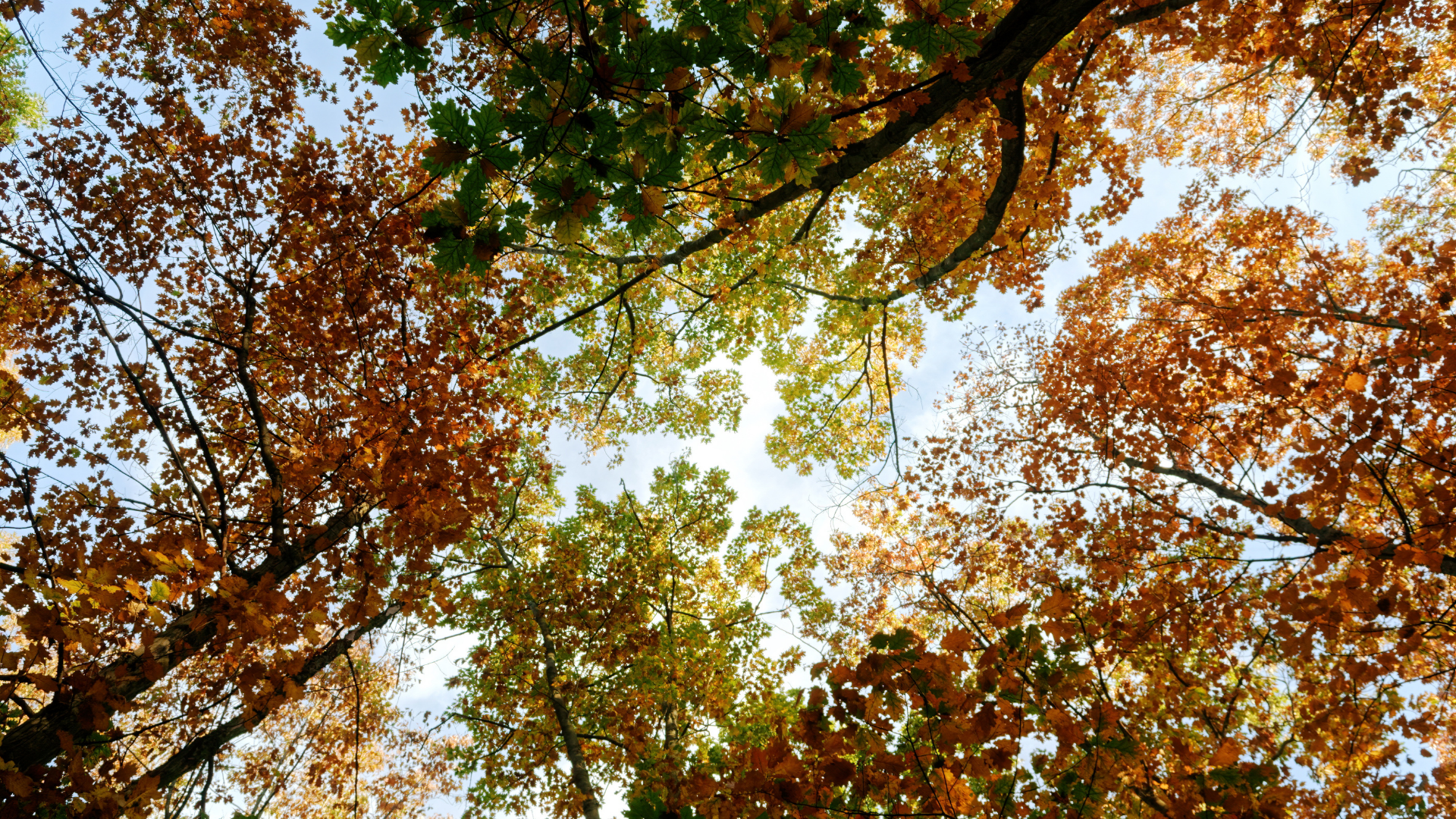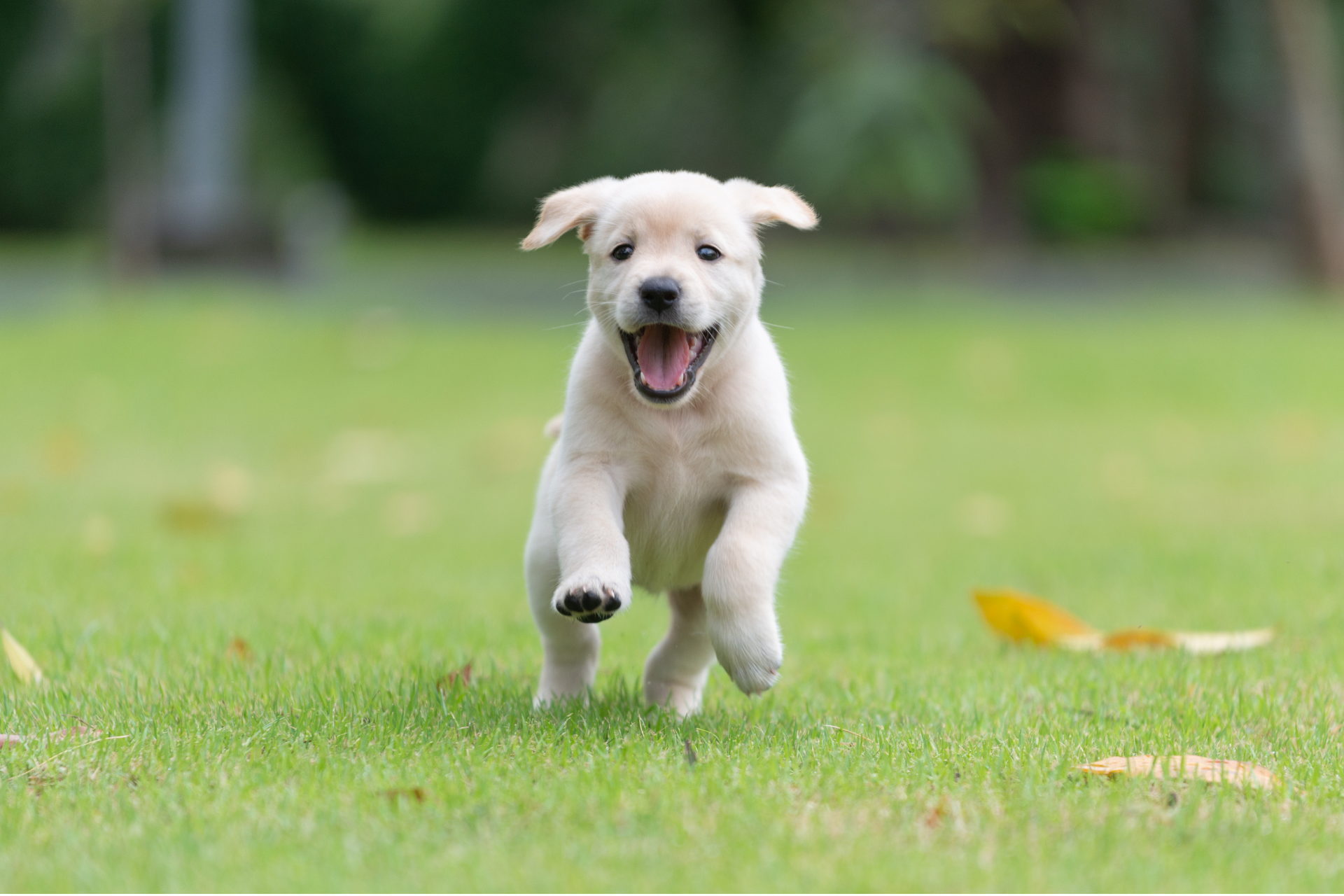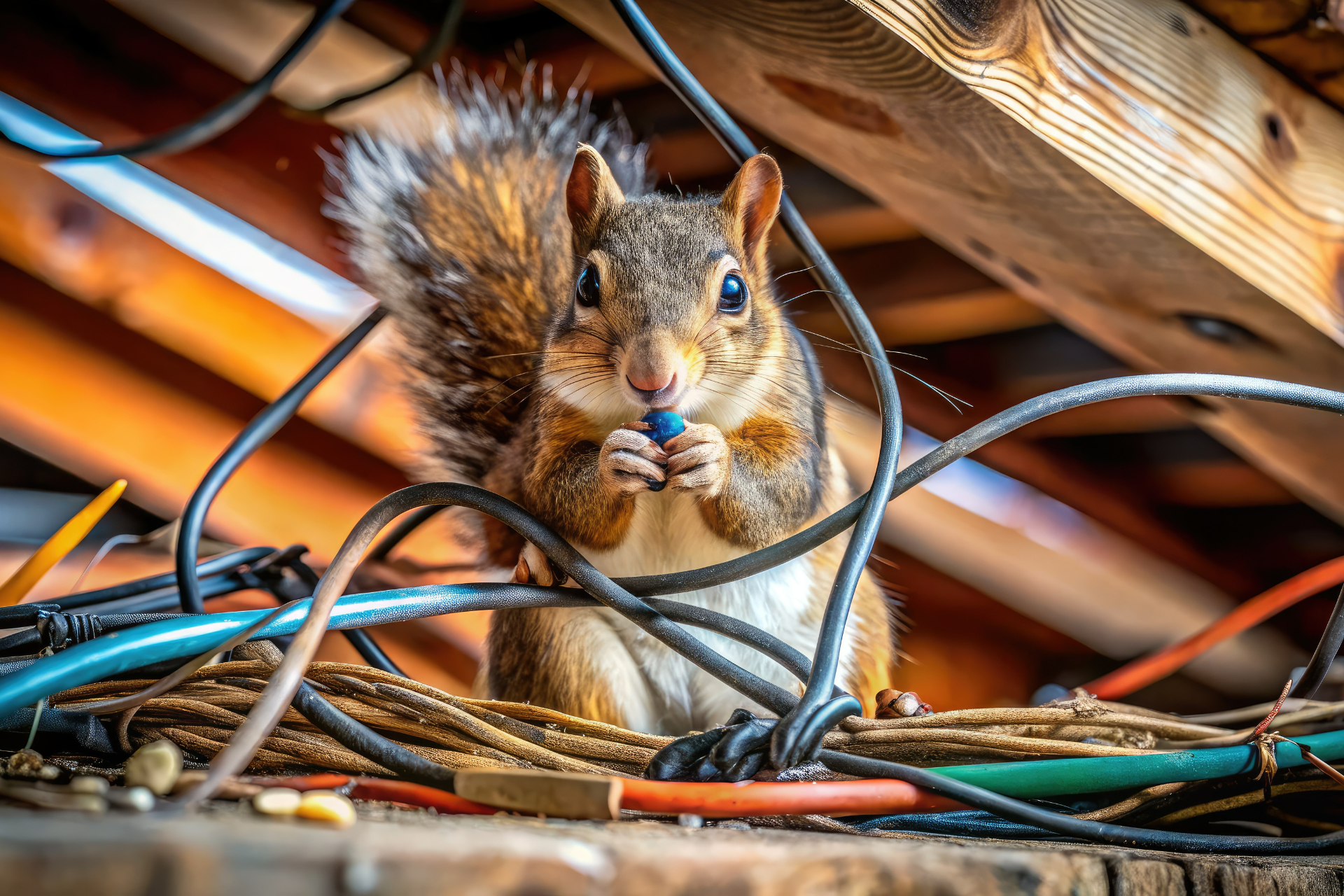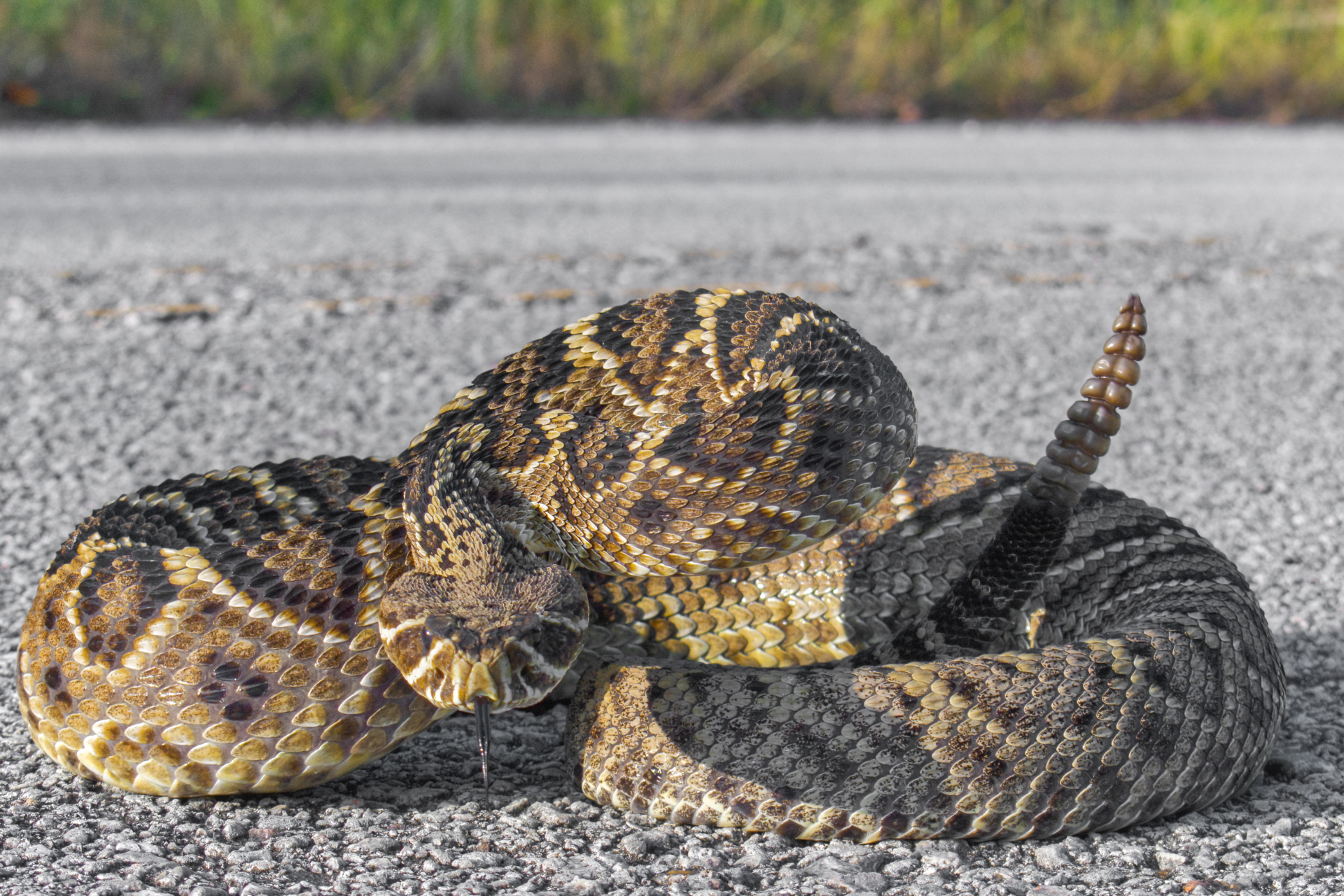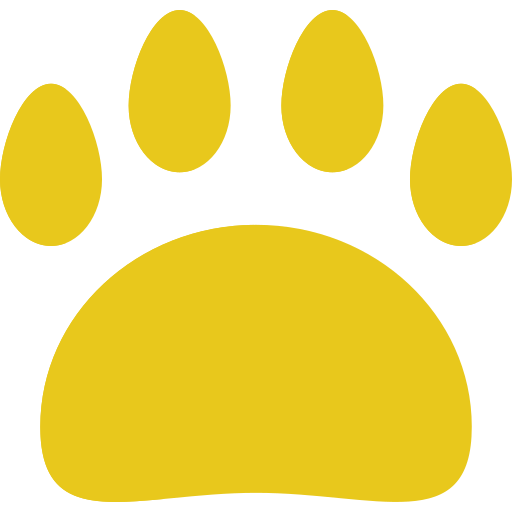How Wildlife Removal Supports Building Longevity
Preventing Structural Decay Caused By Animal Intrusions
Buildings are designed to withstand weather, weight, and the natural aging process, but one factor that often slips under the radar is wildlife intrusion. Animals may seem harmless when spotted near a property, yet when they find a way inside, they can set off a chain of damage that undermines the structure in ways many people don’t realize. Whether it’s rodents slipping into attics, raccoons breaking into crawl spaces, or birds nesting in vents, the presence of wildlife can accelerate wear and tear far beyond what normal environmental conditions would cause.
The problem doesn’t just come from animals themselves but from the side effects of their presence. Waste accumulation, moisture retention, and gnawing behavior all create subtle but long-lasting problems. What might look like a minor nuisance on the surface can, over time, weaken framing, invite mold growth, and even compromise the stability of major components of a property. Recognizing the early signs and addressing them promptly makes a measurable difference in how long a building holds its value and functionality.
Animal Waste, Moisture, And Structural Deterioration
One of the most underestimated risks comes from waste left behind by animals. Rodents, bats, birds, and raccoons all produce droppings that not only smell unpleasant but also trap moisture against wood and insulation. Over time, that moisture seeps into building materials, causing rot and softening that weakens framing. Urine has an especially corrosive effect, penetrating porous surfaces and creating hidden areas where fungi thrive.
Moisture is one of the greatest enemies of any structure. When wildlife introduces it in concentrated areas, the conditions are ideal for mold colonies to establish themselves. Mold spreads quickly, often behind walls or beneath insulation, where it eats away at organic material and reduces indoor air quality. In severe cases, this can require entire sections of framing or flooring to be replaced. What might begin as a squirrel infestation in the attic can end with major repair bills if the issue is ignored.
Beyond the interior, wildlife can also impact exterior surfaces. Bird droppings on roofs and siding are acidic and slowly degrade shingles, paint, and protective coatings. Combined with moisture from rain and humidity, these deposits contribute to premature surface breakdown, which can then expose deeper layers of the structure to the elements. Once exterior materials begin to erode, water finds easier pathways inside, and repeated cycles of dampness and drying accelerate deterioration. Over the course of a few seasons, this process weakens areas that were originally designed to resist decades of wear.
Gnawing, Nesting, And The Slow Breakdown Of Integrity
Gnawing is another destructive behavior that wildlife brings with it. Rodents, in particular, need to chew constantly to keep their teeth from growing too long. This natural instinct leads them to target wiring, wooden beams, and even plumbing. The immediate concern with chewed wires is electrical malfunction, but the long-term effect is weakened infrastructure that may demand significant repair work.
Wooden framing suffers when animals gnaw on exposed beams or create entry points to nest. Even small openings can have large consequences, as they provide pathways for moisture, drafts, and more pests. Once a space has been breached, animals will return repeatedly, enlarging the entry points and creating ongoing strain on the structure. Over months or years, this cycle of intrusion and chewing contributes to uneven settling and damage that shortens the lifespan of the building.
Nesting adds another layer of problems. When animals gather insulation, twigs, and other debris to form nests inside walls or attics, they compress insulation, making it less effective. This increases energy costs while also leaving more of the building exposed to fluctuating temperatures and condensation. With compromised insulation, moisture more easily condenses on surfaces, encouraging mold growth and wood rot. The nest materials themselves can block airflow in vents and gutters, trapping moisture in areas that were designed to stay dry. In some cases, nests also conceal ongoing chewing damage, allowing problems to spread unnoticed until they’ve reached a point that demands significant intervention.
Long-Term Benefits Of Prompt Wildlife Removal
The effects of animal intrusions rarely stop at minor inconveniences. When allowed to continue, they erode both the strength and value of a building. By addressing wildlife problems early and thoroughly, property owners extend the useful life of their investment. Removing wildlife eliminates the ongoing sources of waste, moisture, and chewing that accelerate wear.
The process isn’t just about trapping and removing animals. It also involves sealing access points, cleaning contaminated materials, and restoring affected sections so they don’t continue to decline. In doing so, the property is brought back to a condition where rot, mold, and structural issues are less likely to develop. Over time, this reduces the need for costly repairs and helps maintain the property’s original design and integrity.
Consistent inspections and professional interventions prevent problems from returning. Wildlife has an incredible ability to adapt and find new entry points, but a comprehensive approach to removal and exclusion ensures that future intrusions are far less likely. This type of maintenance isn’t just about keeping animals out; it’s about preserving the entire building envelope so it continues to serve its purpose for decades. Property owners who commit to this level of attention often see their structures withstand the effects of age far better than those left vulnerable to repeated wildlife interference.
Wildlife intrusions may start small, but their consequences run deep. Waste introduces moisture that feeds rot and mold, gnawing undermines wiring and framing, and nests disrupt insulation while blocking airflow. Together, these problems shorten the life of a building and drive up repair costs. Addressing them early is a smart investment in the longevity of any structure.
At Wildlife Resolutions, our focus is on resolving these challenges with a professional approach that not only removes the animals but also safeguards the integrity of your property. If you’ve noticed signs of intrusion or want peace of mind about the condition of your building, we encourage you to
contact us today. Our team is ready to help protect your investment and extend the life of your property by keeping wildlife out where it belongs.

